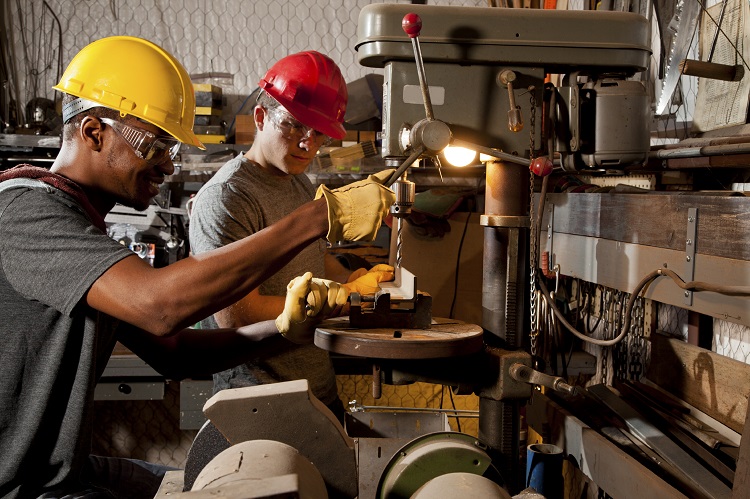Condition-Based Maintenance Can Help Add Money to Your Bottom Line

During my time managing manufacturing operations, one of my key goals was ensuring the business was profitable. There are many areas that impact business profitability, but one of the most important is asset utilization.
Too often in manufacturing, when we hear the words asset utilization, we only think about production equipment. However, in my opinion, production equipment is only one part of overall asset utilization.
In the most literal sense, employees, machines, and the building are all part of the asset definition. If you operate a plant that processes milk into yogurt, you need to maintain a safe temperature within your plant. So, in addition to actual production machines, air handling equipment is also part of your asset utilization. If your air handling unit experiences a catastrophic failure—say a bearing seizes up, causing the motor to fail—the issue could lead to a plant shut down, impacting operators, machines, and much more. Unfortunately, a small part failure can have a large impact on your operation.
What can you do?
Have preventative (PM) and predictive maintenance (PdM) programs in place to maintain your equipment and prevent failures. You may be able to improve your PdM program with condition-based maintenance (CBM).
What is CBM?
CBM identifies required equipment maintenance based on the actual condition of components within the equipment. It takes the guesswork and gut feelings out of maintenance. CBM helps your maintenance staff schedule maintenance when it is needed.
Over the last decade, equipment manufacturers started making changes to help users manage capital assets better. They added sensors to a variety of critical components to monitor heat buildup, vibrations, power draws, and more. Most new equipment is available with sensors that monitor the actual condition or function of critical parts.
Another nice thing about CBM is that it can often be retrofitted to legacy equipment, providing some of the same benefits as new machines. To do this successfully:
-
Identify your most critical equipment
-
Contact the OEM and ask them to identify:
-
Beneficial areas for sensors
-
Sensor availability
-
Installation information
-
Software needs
-
Train maintenance staff on CBM and PdM
-
Start with a few similar pieces of equipment
-
Slowly implement across all equipment
As companies implement ERP (enterprise resource planning) systems, many with built-in equipment maintenance (computerized maintenance management systems or CMMS), it becomes easier to track this information and give operation and maintenance departments actual equipment data. These tools help improve scheduling for PdM, reducing downtime and catastrophic equipment failures.
With the growing implementation of Industry 4.0 or IIoT (Industrial Internet of Things) by manufacturing, this data is now tracked and closely monitored and assessed. Failures can be predicted before they happen.
The next step to eliminate unplanned equipment breakdown is AI (artificial intelligence). Data collected by the sensors, actual replaced parts, historical information, and continuous evaluation of equipment with CBM tools will help predict equipment failures before they happen, resulting in controlled equipment shutdowns and reduced or eliminated downtime.
The airline industry is already using CBM and AI to maintain planes before they have a critical failure. CBM and AI allow airlines to schedule planes for maintenance when needed, helping airlines improve flight safety and on-time arrivals and departures. As a result, airlines save millions of dollars and enhance travelers' flight experiences. Just imagine traveling without delays due to maintenance!
This same technology will allow you to better utilize your assets, meet scheduled due dates, and improve your on-time deliveries. You will also reduce overtime expenses and inventory management costs.
Implementing a CBM system will take time. However, the benefits will be rewarding. Don’t wait and continue losing money. Instead, get ahead of equipment failures by implementing CBM.
An insurance company that cares about you and insuring the things you wish to be insured.
Get a Quote> Find an Agent>

